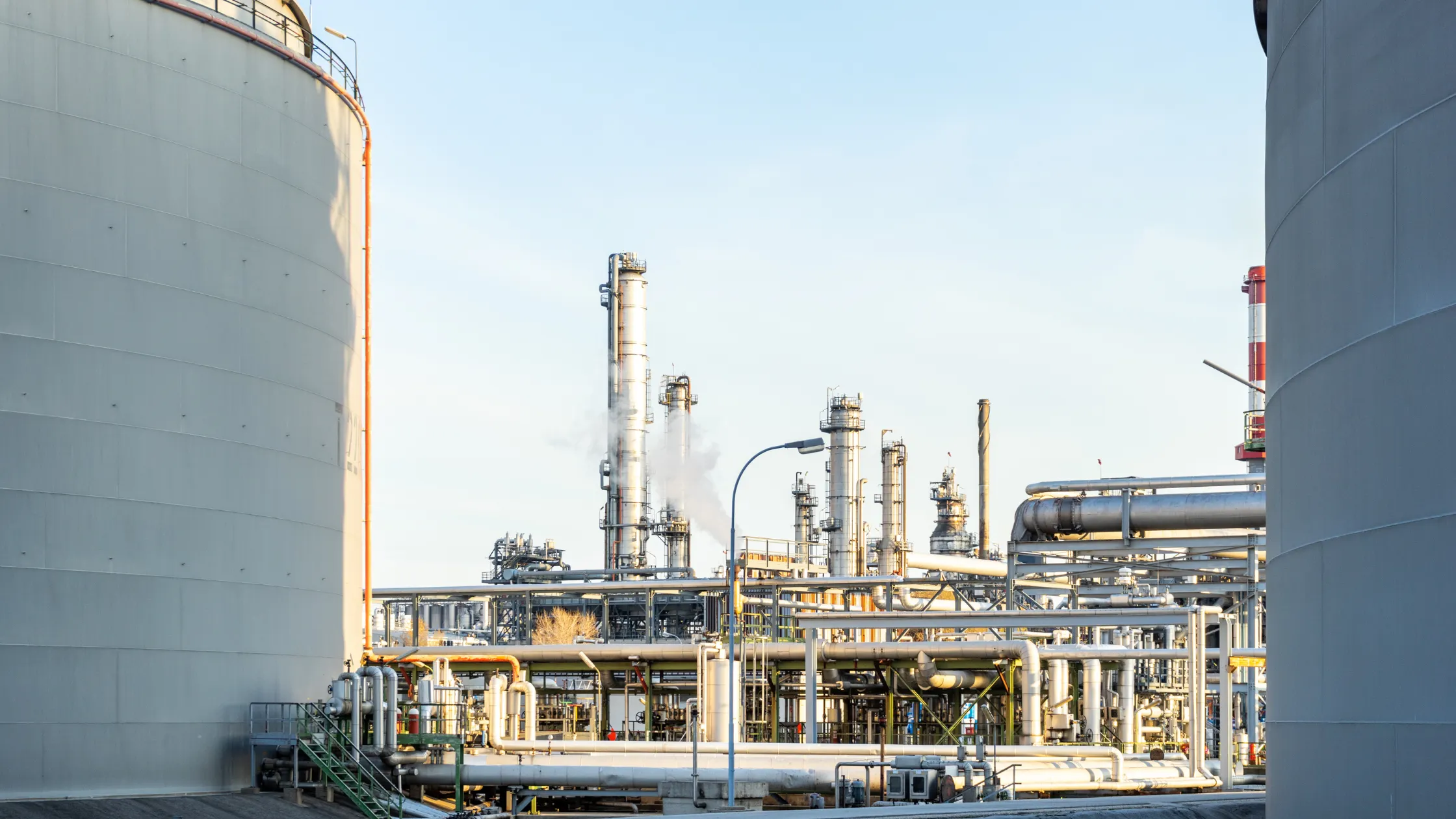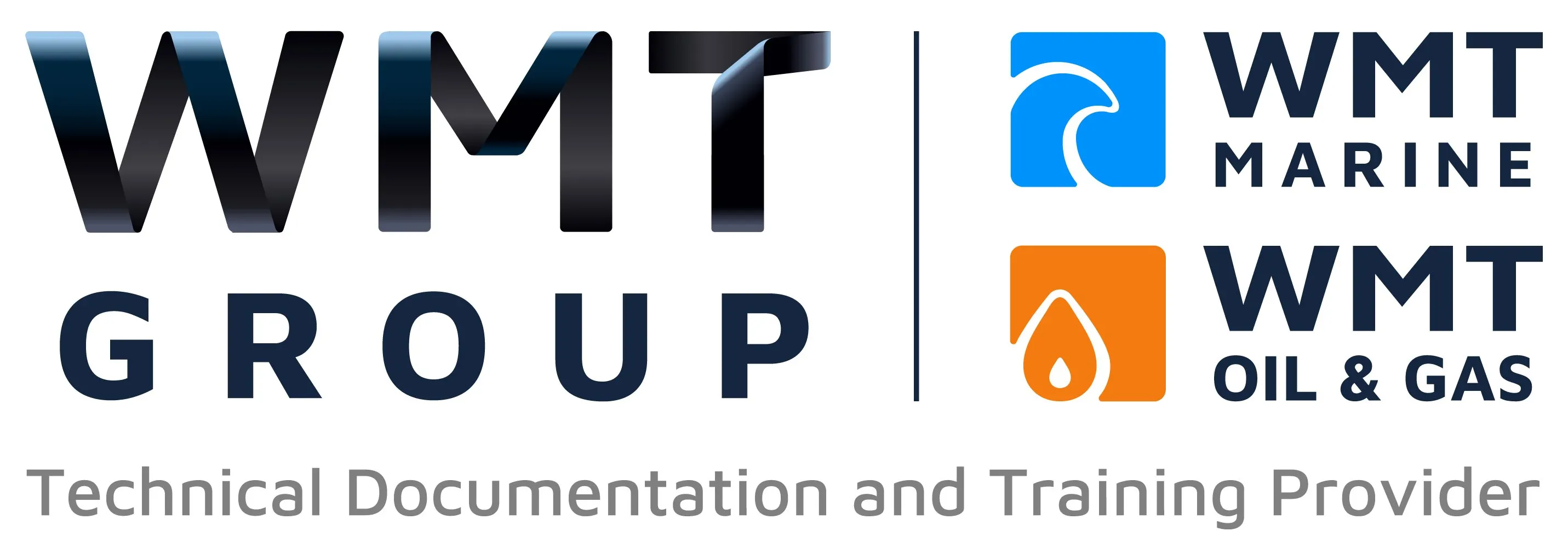Why Technical Documentation is Essential for Oil Refineries: Ensuring Safety, Compliance and Efficiency

Oil refineries are complex, high-risk industrial environments that rely on precision, consistency, and safety at every level. One of the most crucial tools that supports these objectives is technical documentation. From process manuals to maintenance procedures, accurate documentation plays a vital role in ensuring refinery operations run smoothly and meet regulatory requirements.
In this article, we explore why technical documentation is essential for oil refineries—and what makes it truly effective.
What Is Technical Documentation in Oil Refineries?
Technical documentation refers to detailed written records that guide the installation, operation, maintenance, and safety procedures of refinery systems and equipment. These documents typically include:
- Operation manuals
- Maintenance manuals
- Health, safety and environment (HSE) protocols
- Emergency response procedures
- Technical specifications and datasheets
- Process flow diagrams (PFDs) and piping and instrumentation diagrams (P&IDs)
1. Improves Safety Across All Operations
Safety is the number one priority in oil refineries. Technical documentation provides:
✅ Clear step-by-step procedures for handling equipment safely
✅ Emergency shutdown instructions
✅ Guidance for hazard identification and risk mitigation
✅ HSE protocols that reduce incidents and accidents
Without precise documentation, there's a much higher risk of human error, which can lead to costly and dangerous outcomes.
2. Supports Regulatory Compliance
Refineries are heavily regulated and must comply with both national and international standards, such as:
- COMAH (Control of Major Accident Hazards)
- HSE UK Guidelines
- ISO 14001 & ISO 45001
- API and IEC standards
Proper documentation helps demonstrate compliance during audits and inspections, reducing the risk of fines, legal issues or shutdowns.
3. Streamlines Maintenance and Reduces Downtime
Maintenance manuals that are clear, accessible and accurate help:
- Speed up troubleshooting and repairs
- Ensure consistency in preventive maintenance
- Improve equipment lifespan
- Provide logs and records for future inspections
This minimises unplanned downtime and maximises operational efficiency.
4. Enhances Training and Staff Competency
Well-structured manuals and procedures serve as training tools for both new and existing staff. With the right documentation in place, employees can:
- Quickly understand how to operate complex systems
- Retain critical safety knowledge
- Follow procedures consistently, reducing variability
This is especially important in large facilities with rotating personnel or contract teams.
5. Facilitates Change Management and Project Upgrades
When equipment is modified or processes are upgraded, updated technical documentation ensures all stakeholders are aligned. It:
- Tracks changes through revision control
- Helps engineering teams and contractors implement upgrades smoothly
- Reduces the risk of operational delays or integration errors
Common Pitfalls in Refinery Documentation
❌ Outdated or incomplete manuals
❌ Lack of version control
❌ Poor format
Conclusion
Technical documentation isn’t just paperwork—it’s a core pillar of safety, compliance and efficiency in oil refineries. By investing in accurate, up-to-date manuals and procedures, refinery operators can reduce risk, boost performance and maintain a high standard of operational excellence.
Need help creating or upgrading your refinery documentation?
WMT Marine Ltd provides professional technical documentation services tailored to the oil and gas sector, ensuring full compliance with industry regulations and best practices.
📞 Call us on +44 (0) 1244 287 850 or visit www.wmtmarine.com to find out how we can support your next project.
